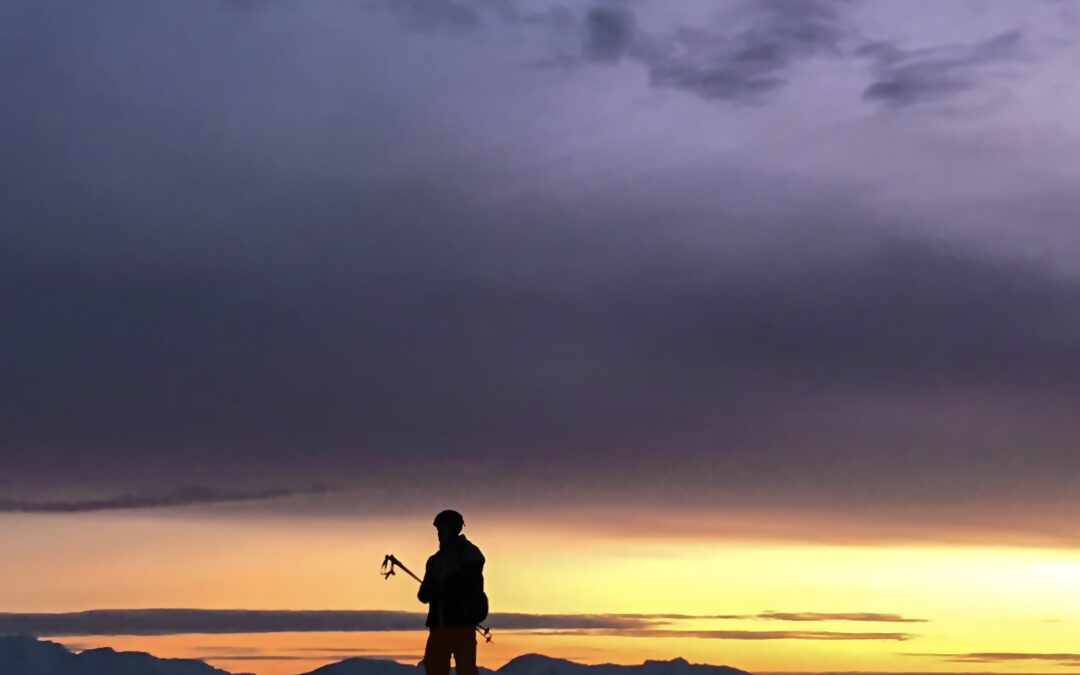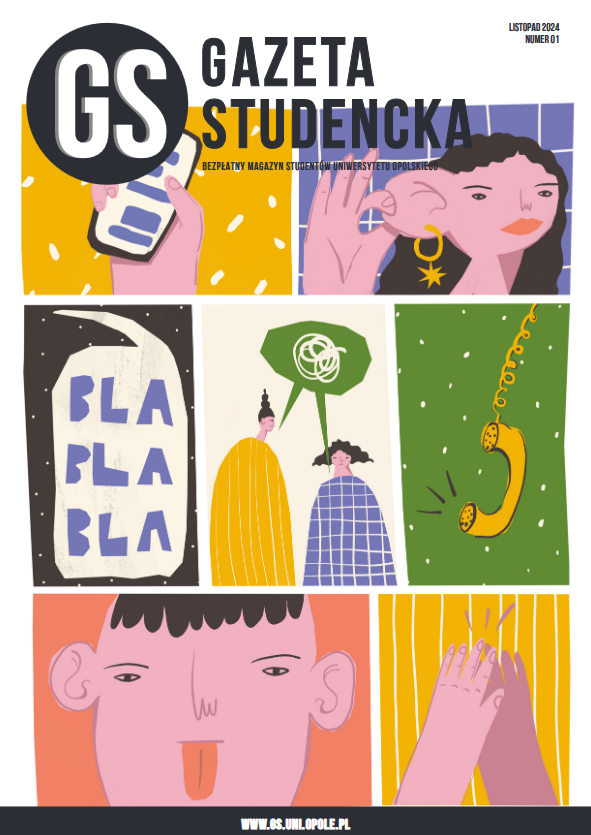Snowy ski slopes, sunny weather, and a glass of refreshing Aperol Spritz – these things come to mind while thinking of a winter break in The Alps. And, of course, after an intense day full of skiing or snowboarding, there’s time for Après-ski.
This special type of party in a bar on a slope is well-known all over the world and it’s always a perfect occasion to meet new people, sing, and dance together to the ultimate hits in ski wear. But many skiers, even the biggest professionals, don’t know much about the origin and history of this tradition.
Far in the North
The French name Après-ski means “after skiing”. Although many known modern ski destinations are located in France, it all began in Scandinavia, around 3000–4000 BC according to some sources – when people started to ski. Ancient sculptures from that period found in Rødøy, Norway, present figures with skis and a single pole. More than 20 prehistoric ski fragments and well-preserved skis have been discovered in Norwegian drained bogs. In Nordic mythology, the God of Snow and Skiers – Ullr, was supposed to cover the world with snow, while gliding around. Nowadays, in Breckinridge, Colorado, there’s an annual festival called December Ullr Fest, where many skiers and snowboarders gather to celebrate the beginning of a season and pray for perfect snow conditions on ski slopes. Another northern tradition connected with this festival is Shotski, which consists of skiers forming a long line, placing their glasses on a deck of downhill skis, and drinking it with a booming skol.
The real meaning of Après-ski
We already know the literal translation of this spectacular event name, but in the past this “after skiing” term actually referred to the pair of warm and comfortable moon boots that people put on after the whole day spent in stiff ski boots. Nowadays, Après-ski includes all the activities that you can participate in after skiing, such as snowmobiles, riding a horse team, ice skating, karaoke, swimming pools, saunas, and last but not least, big celebrations in ski bars. The best Après-ski locations are in France and Austria, but skiers and snowboarders also love these in Italy and Switzerland. What’s also interesting is that every “after skiing” party tradition differs in each country. Moreover, it sometimes even varies in each region of one country.
A quick look at the Après-ski menu
People attending Après-ski parties have an opportunity to taste a wide range of special drinks served during these events. Besides high-quality beers, in France, skiers drink spiced mulled wine called vin chaud, which in Austria is named Glühwein. In Italy, you can try Bombardino, which is a hot winter cocktail made with eggnog and brandy and is served with whipped cream on top. Italian alpine parties are also known for the tastiest Aperol Spritz. In Switzerland and Austria, the most common drink is Jäggermeister, a liquorice liqueur.
Snowy Après-ski outfits
“After skiing” events are connected with partying, so skiers and snowboarders have a lot of possibilities to make it more interesting by choosing crazy, colourful clothes and accessories. Of course, as the party is held on a ski slope, most of the people wear their ski jackets and pants. Many Après-ski attendees also put big snow goggles or funky warm scarfs on. When you ski in March, or even at the end of February, in The Alps there’s a big chance that you will get a nice tan because of the beautiful, sunny (but still snowy) weather. Skiers often don’t wear warm outfits then, and you can meet people skiing just in T-shirts!
A thousand possibilities
Après-ski is a form of relaxation after skiing, so you can choose whatever you would like to do after spending the whole day on a slope, it’s up to you! It’s a great tradition that connects skiers all over the world and enables you to meet new friends and sometimes – maybe a new ski company.
Tekst: Nina Urantówka
Zdjęcie: Jessica Jagudzka



